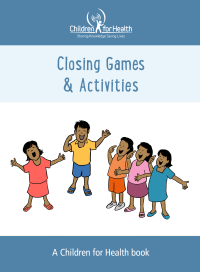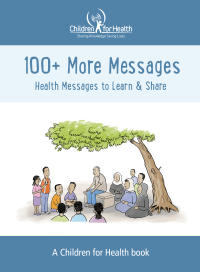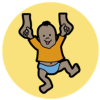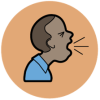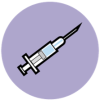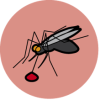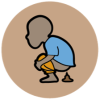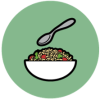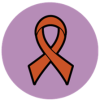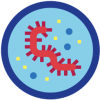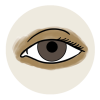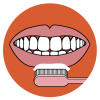Eye Health & Vision
We developed these messages for our fabulous Eye Health & Vision poster and our Children’s Participation in Eye Health and the Promotion of Good Vision book.
Read our Top 20 Messages on Eye & Vision Health for children to learn and share to the below. Keep scrolling to see ideas on what children can do to understand, find out more, take action and reflect on this topic.
Use the links below to browse our FREE resources to help children learn more, share their knowledge and become agents of change.

Topic One | How to Keep Eye Healthy
- Keep eyes healthy by: 1. Keeping hands, face and eyes clean and free from flies. 2. Eating food rich in Vitamin A like eggs and milk, yellow and orange vegetables, fruits and leafy greens. 3. Being immunised. 4. Getting help for itchy, red or infected eyes. 5. Walking carefully when holding sharp objects.
- Wash your hands properly before touching the T-zone on your face (eyes, nose and mouth), as this is where germs enter the body. Avoid touching the T-zone when you can.
- To have a balanced healthy diet eat different foods of different kinds. Go, Grow and Glow for strong bodies and healthy eyes.
- For the best eye health babies need just breast milk for the first 6 months. Breast milk contains Vitamin A.
- Vitamin A pills can be given to young children once or twice a year. It helps protect their eyes.
- Millions of parents all over the world take their children to be immunised to make sure they are safe, strong and protected from diseases like measles that can harm the eyes.
Topic Two | Understanding Our Eyes
- Our eyes are shaped like a small ball. The front part of the eye has a coloured circle, the iris and a smaller black part, the pupil.
- The pupil lets in light, like a window, so that we can see. Structures inside the eye focus light so that we can see clearly. The eyelid helps to protect the eye and keep out light when we sleep. Tears carried by the eyelid across the eye, wash away dirt and help keep our eyes clean. That is why we blink. Eyelashes help to keep out dust, dirt and flies.
Topic Three | Eye Health Personnel
- There are several different kinds of eye health personnel. Some treat eye diseases, others test eyes and choose ways to help a person see better.
Topic Four | Signs of Vision Problems in School-age Children
- Children who cannot see clearly may need an eye test. They may hold a reading book too close, look at the floor, seem shy, don’t want to play or copy class notes from another book close by.
- Some children are born with white dots in their eyes. This causes blindness and can be treated.
- Eye checks find out why a person cannot see clearly and show eye health personnel what to do to improve vision.
- Spectacles are the simplest way to correct short and long sight and help people see clearly.
- Healthy children can have vision problems. As they get older, most healthy adults need spectacles or lenses to improve their vision.
- Wearing spectacles to improve vision is vital for children and adults with vision problems to lead a normal happy life. Friends and family must encourage them.
- When children get spectacles at first there may be many reasons why they do not wear them. Friends, family and teachers can help to support them.
- If an eye is hurt in an accident, wash with clean water and cover the eye with something clean and get help from a health worker fast.
- When an eye looks pink or red, this might be conjunctivitis. The eye feels itchy, hot and sticky. Get help after a week if it is not better.
- Conjunctivitis spreads easily so a child with it must not touch others without washing hands properly. Do not share cloths used to clean infected eyes or share towels or bedding until the eyes are better.
- If the eye has white or yellow sticky discharge, the germs might be bacteria. Antibiotic ointment must be used for 7 days or as instructed by a health worker.
Children can learn, collect & share these messages!
While teaching these messages, encourage children to…
MAKE their own Caring for Babies & Young Children Messages using their own words in their own language!
LEARN these messages so they never forget them!
ADD these messages to their collection!
SHARE these messages with other children and their families!
If your class or group is struggling to stay connected and engaged, we have loads of ideas for ideas to help them! Have a look at Closing Games & Activities.
Use the ideas to the right to help children memorise the messages and really understand them.
What Can Children Do?
- EAT lots of different fresh colourful food every day or week.
- ASK for more eggs, beans and orange and yellow fresh food like orange sweet potatoes.
- WASH their face and eyes with soap and help younger children too.
- MEMORISE the messages and SHARE the messages with many others.
- Create a STORY or SERIES of IMAGINARY PICTURES to help remember the messages.
- FIND OUT and RECORD the answers to questions like: Which mothers in your community breastfeed their babies and why? Are the children in our family immunised against
measles?
Download these free materials now to help children learn and share these essential health messages. See our free resource section for more!





